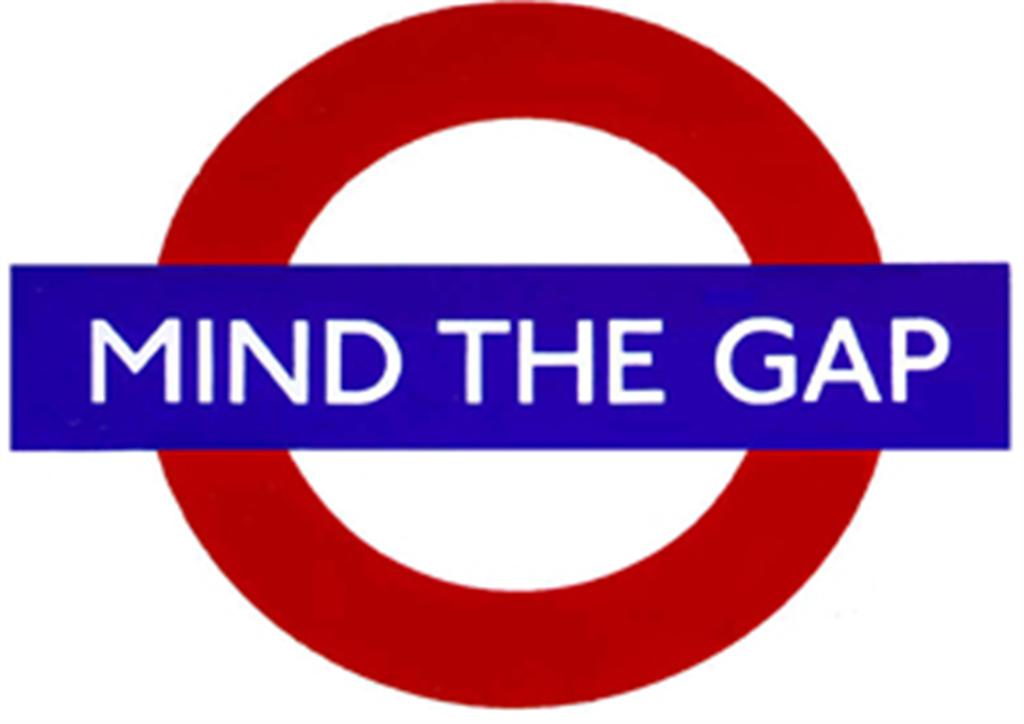Mind the Gap

What does "mind the gap" - familiar to anyone who has ridden the London Underground, a.k.a. "the Tube", have to do with coffee and power? It turns out, quite a bit.
Starbucks' largest metropolitan deployment outside the US - and the largest in Europe by far - is in London, with ~250 stores. Starbucks has become a very familiar English site, indeed.
On the technology front, Starbucks has always been an early adopter and even a driver of new technologies:
- They were among the first adopters of WiFi - although they went through many providers, constantly looking for the right model - even when almost no devices had them.
- 18 months ago we looked at Starbucks' plans to pilot PowerMat wireless charging in the San Francisco Bay area.
- This past summer I explored how they have considered it a success and will be expanding.
- Just recently, they announced that they are expanding the experience to the UK, starting with 10 stores in central London.
Because they are selling the environment, rather than the coffee, the culture has been infused with a constant search for making the stores a friendly and easy place to sit and work, read or just socialize. The technology investments are a natural outgrowth of this culture.
Sometimes, though, being ahead of the game leads a provider over the gap. Phones running out of battery not only is a major problem in Starbucks, it is a major reason that people - at least those carrying chargers - go into a Starbucks. Yet, while few people carry chargers with them all day, far fewer have devices with wireless charging built in! If customers cannot use it, what good is it?
Starbucks appears to understand that this is an issue. They are somewhat ahead of the game, making their stores an even better place to pass the time, but not so far ahead that they cannot see the gap between the platform and the doors.
Thus, Starbucks is stocking stores with Duracell power-charging rings. These are small rings, about 1/3 to 1/2 the size of a modern smart phone, with either a Lightning (Apple) or micro-USB (everything else) plug. Stick it into your phone, place the ring with phone attached on the mat, and you are charging away.
These rings can be checked out from the counter, and returned when done.
Starbucks is enabling customers to "cross that gap" between what their devices can do today, and what they want them to do today. Sure, in a few years, every device will have wireless charging (or really long-life batteries), but until then, Starbucks provides a complete service to its customer. "Come charge your phone wirelessly (if you have the right device)," is a lot different than, "come and stay with your phone, we will take care of all of your charging needs."
Takeaways
- Understand what your customer wants, what troubles them.
- Know how you can make it possible for them to be comfortable using your products and services.
- When your customers want to consume but there is a gap in their capabilities, fill it for them, rather than leaving them on the platform as the train goes on.
What gaps are preventing your customers from using your products? Do you know what they are? Do you know how to find them? Do you know how to fill them? We can help you "mind the gap."